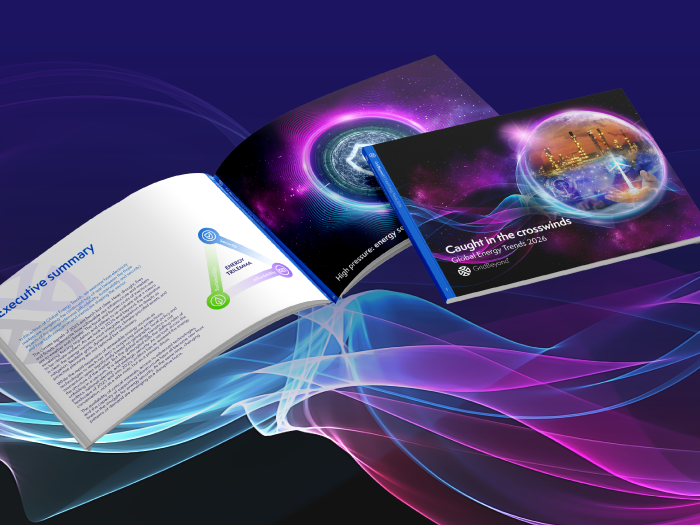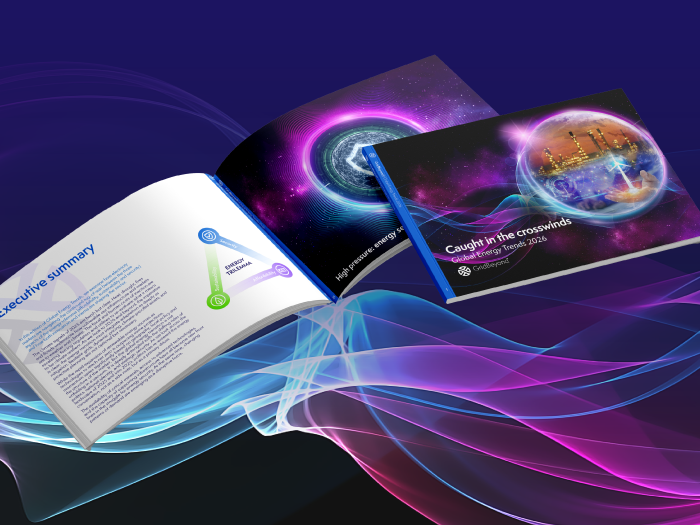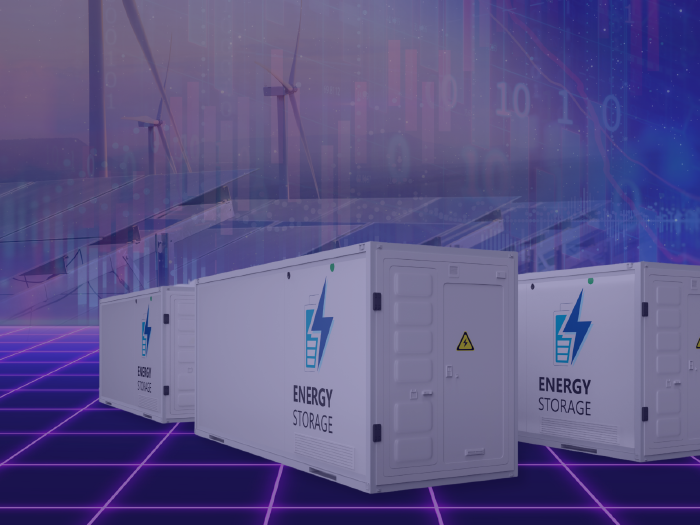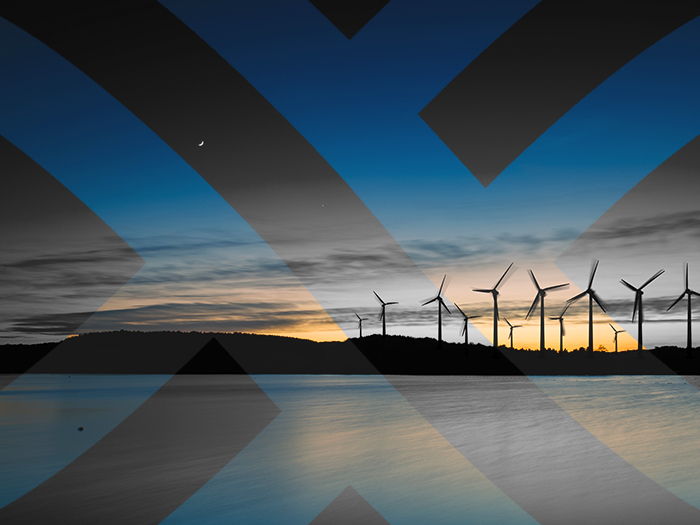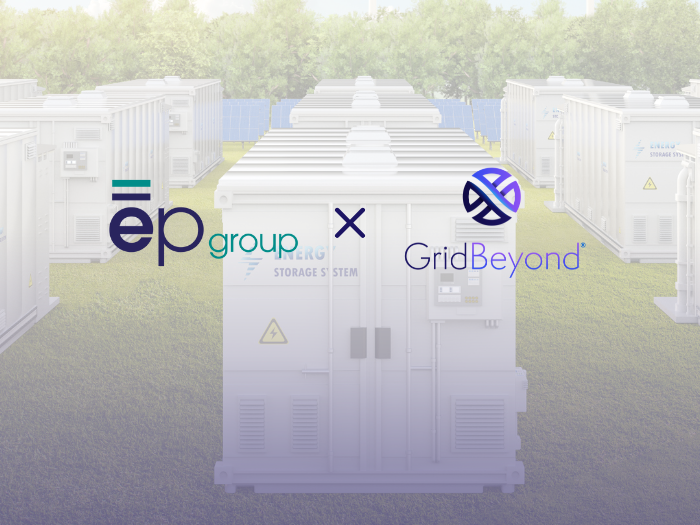News
better business decisions
Posted 7 months ago | 3 minute read
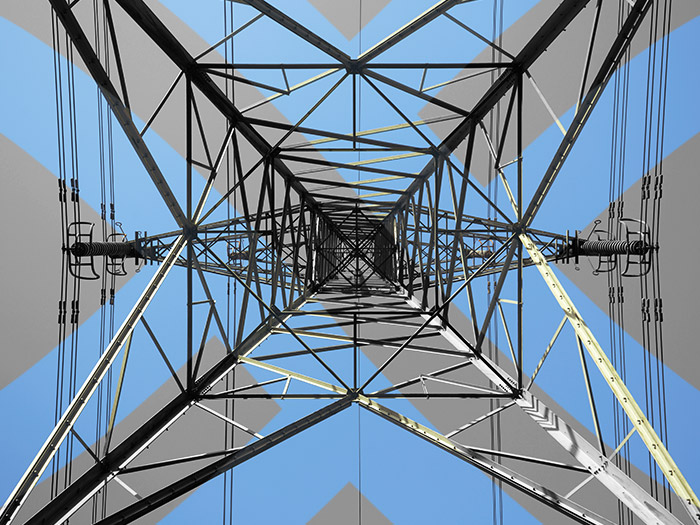
Ready, needed, connected: TMO4+ reforms
On 15 April 2025, Ofgem approved the TMO4+ Connections Reform package. These far-reaching reforms have the effect of moving the GB electricity grid connection process for almost all electricity generation projects and transmission connected demand projects from a “first come, first served” approach to a “first ready, first needed, first connect” approach.
The reform package introduces a new two-gated process for new and existing projects and aims to lead to the creation of a connections queue, aligned with the CP2030 Action Plan. While the reformed process focusses on projects connecting at transmission, generation and storage projects connecting at distribution that qualify for Transmission Impact Assessment are also within scope. Smaller generation and storage projects, and all demand projects connecting at distribution, are out of scope.
The process will create two queues: a firm Gate 2 queue with prioritised projects that will be connected; and indicative ‘waiting list’ Gate 1 queue with deprioritised projects. Deprioritised projects can then reapply in future once they consider they meet the criteria. New projects applying would also need to meet Readiness Criteria and Strategic Alignment Criteria to be eligible to join the Gate 2 connections queue.
For in-scope projects to be eligible to join the Gate 2 connections queue they must be:
- ‘Ready’: Projects must meet Readiness Criteria. For most projects this will mean obtaining, evidencing and maintaining exclusive land rights and being required to sufficiently progress their planning status within a defined period of time.
- ‘Needed’: Projects must meet Strategic Alignment Criteria. For most this will mean being aligned with the capacities outlined in the CP2030 Action Plan. The Action Plan articulates the permitted capacities needed out to 2035. For those technologies where regional capacities are provided in the CP2030 Action Plan, National Energy System Operator (NESO) can undertake ‘rebalancing’ and ‘substitution’ of zonal capacities. This includes adjusting the capacity allocated to the same technologies in adjacent or overlaying zones (including across Transmission and Distribution) as appropriate, to balance over- and undersupply of projects. More detail of rebalancing and substitution is provided in our Decision of the Gate 2 Criteria Methodology. Demand-only projects are automatically deemed as needed.
Certain projects in the existing queue will be protected. Projects due to commission in 2026 as well as other ‘significantly progressed’ projects will meet the Strategic Alignment criteria, meaning they are guaranteed to receive a Gate 2 offer (so long as they have met the Readiness Criteria). Protected projects are automatically deemed as ‘needed’, providing clarity to these projects sooner. Projects due to commission in 2026 will receive further protections, with these projects maintaining the same connection date and location.
The Gate 2 evidence submission window for transmission connecting customers to open in July 2025. The evidence submission window for distribution customers to submit evidence to their respective DNO will open in May 2025. NESO will indicate to projects whether they have been successful in securing a place in the reformed queue from September 2025. NESO and network companies expect to start issuing revised offers from Autumn 2025, with an initial focus on those that are connecting in 2026 and 2027.
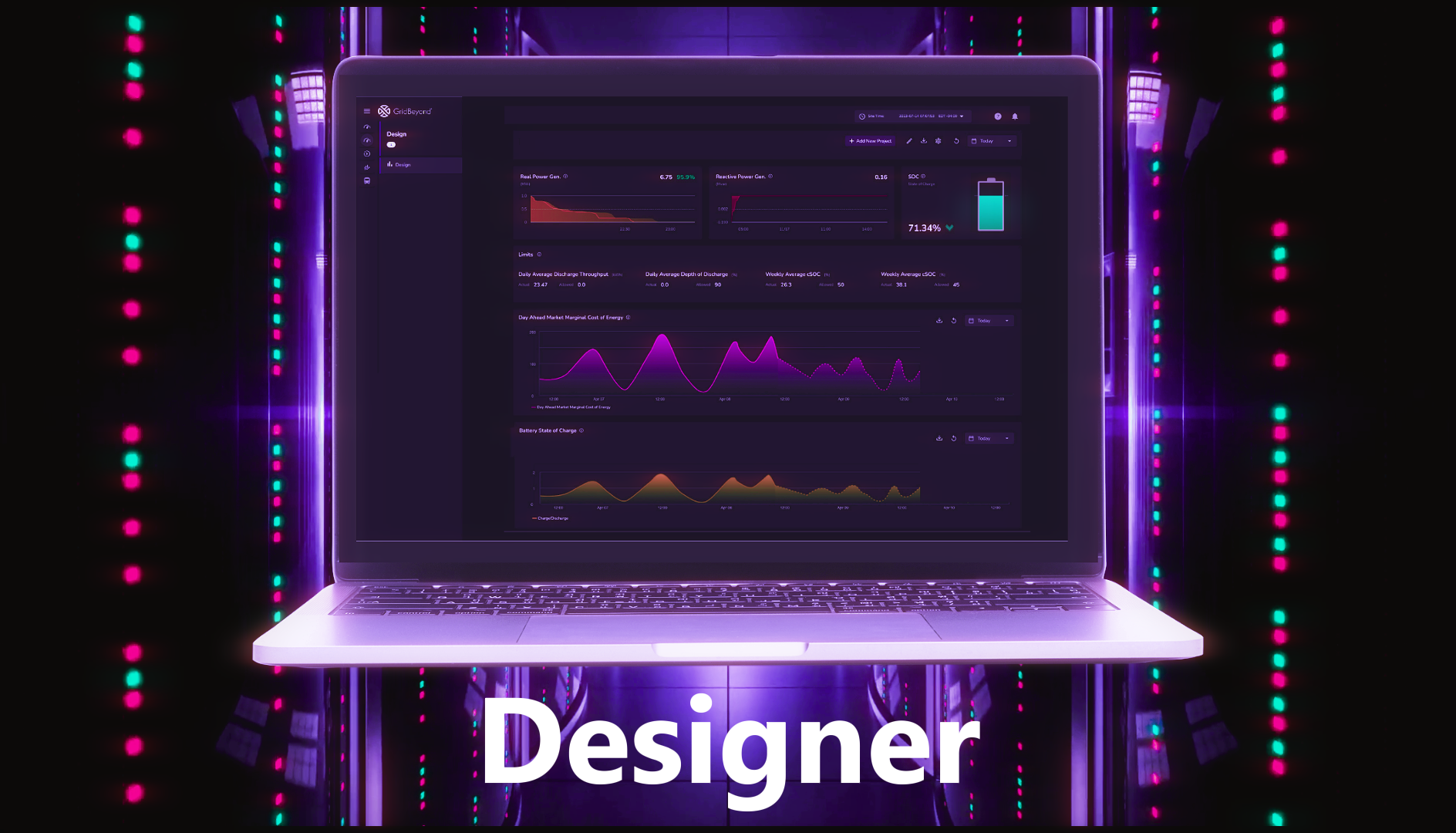
Designer – Demo
Designer helps energy professionals and project developers plan, design, and analyse prospective investments.
Learn more